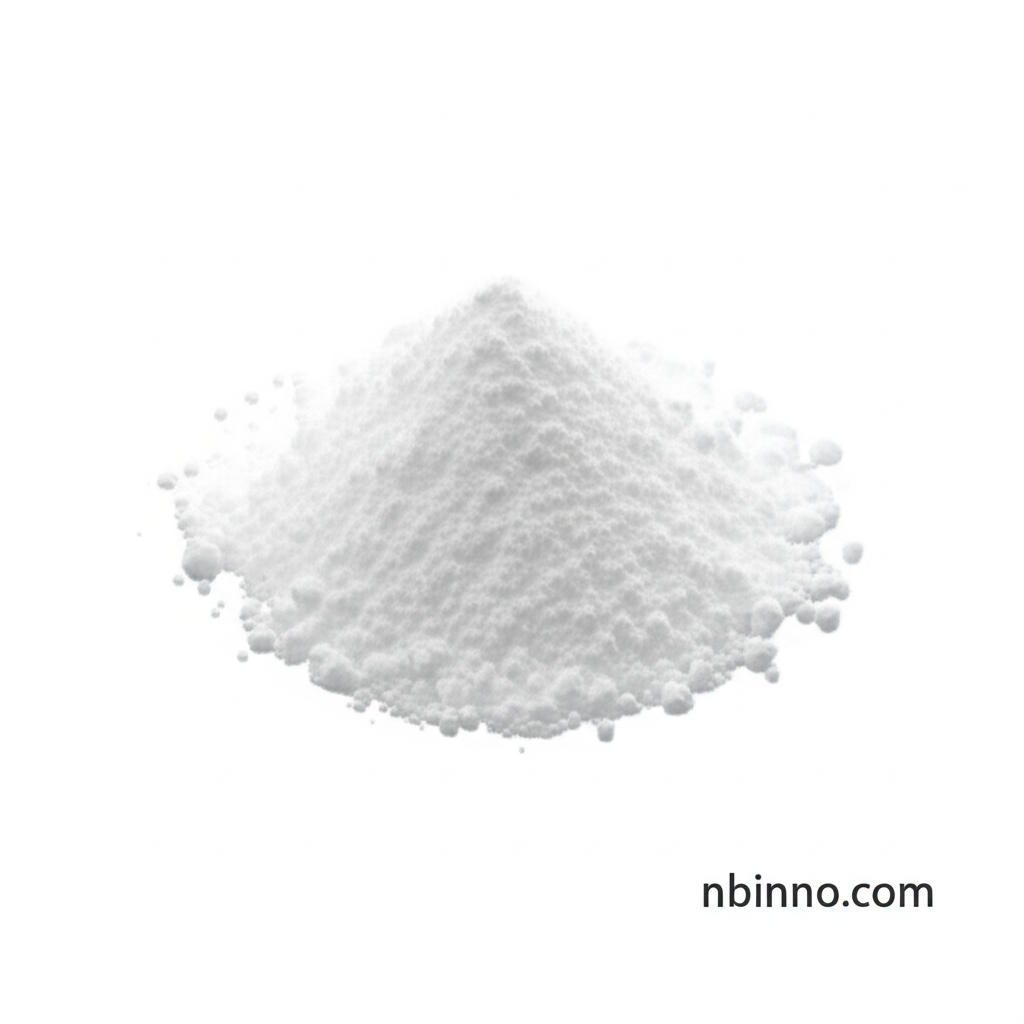Advance Your Research with DSP Crosslinker
Discover the power of 3,3′-Dithiodipropionic acid di(N-hydroxysuccinimide ester) (DSP) as a key tool for sophisticated bioconjugation, protein structure analysis, and advanced biosensor development. As a leading supplier in China, we provide high-quality reagents to propel your scientific discoveries.
Get a Quote & SampleProduct Core Value

DSP Crosslinker
DSP, or 3,3′-Dithiodipropionic acid di(N-hydroxysuccinimide ester), is a versatile homobifunctional cross-linking reagent that enables precise molecular connections. Its amine-reactive NHS esters readily form stable amide bonds with primary amines on proteins and other biomolecules. As a trusted manufacturer in China, we ensure the consistent quality and performance of DSP for critical research applications.
- Amine-Reactive NHS Esters: Facilitate efficient coupling to molecules containing primary amines, crucial for various bioconjugation strategies.
- Cleavable Disulfide Bond: The central disulfide linkage in DSP can be cleaved by mild reduction, offering temporal control over cross-linking in sensitive experimental setups.
- Homobifunctional Nature: Allows for the cross-linking of two identical or different molecules, expanding its utility in complex biochemical assays.
- Protein Structure Determination: DSP can act as a molecular ruler, aiding in the determination of protein tertiary and quaternary structures through cross-linking studies.
Key Advantages Offered
Enhanced Bioconjugation Efficiency
Leverage DSP's amine-reactive NHS esters for highly efficient conjugation, a critical factor when aiming for precise protein crosslinking.
Controlled Molecular Linkage
The cleavable disulfide bond in DSP provides researchers with an added layer of control, essential for applications requiring specific release or modification of cross-linked structures.
Versatile Research Applications
From studying protein tertiary and quaternary structures to developing novel biosensors, DSP supports a wide array of advanced biochemical research endeavors.
Key Applications
Protein Structure Analysis
Utilize DSP to investigate protein tertiary and quaternary structures, contributing to a deeper understanding of protein folding and function.
Biosensor Development
DSP can be incorporated into self-assembled monolayers on gold surfaces, serving as a foundation for novel biosensor designs.
Biomolecule Immobilization
The reactive nature of DSP makes it ideal for immobilizing biomolecules onto surfaces or other molecules, vital for diagnostic and therapeutic development.
Bioconjugation Strategies
Employ DSP as a reliable tool in diverse bioconjugation strategies, enhancing the creation of complex biomolecular constructs.
